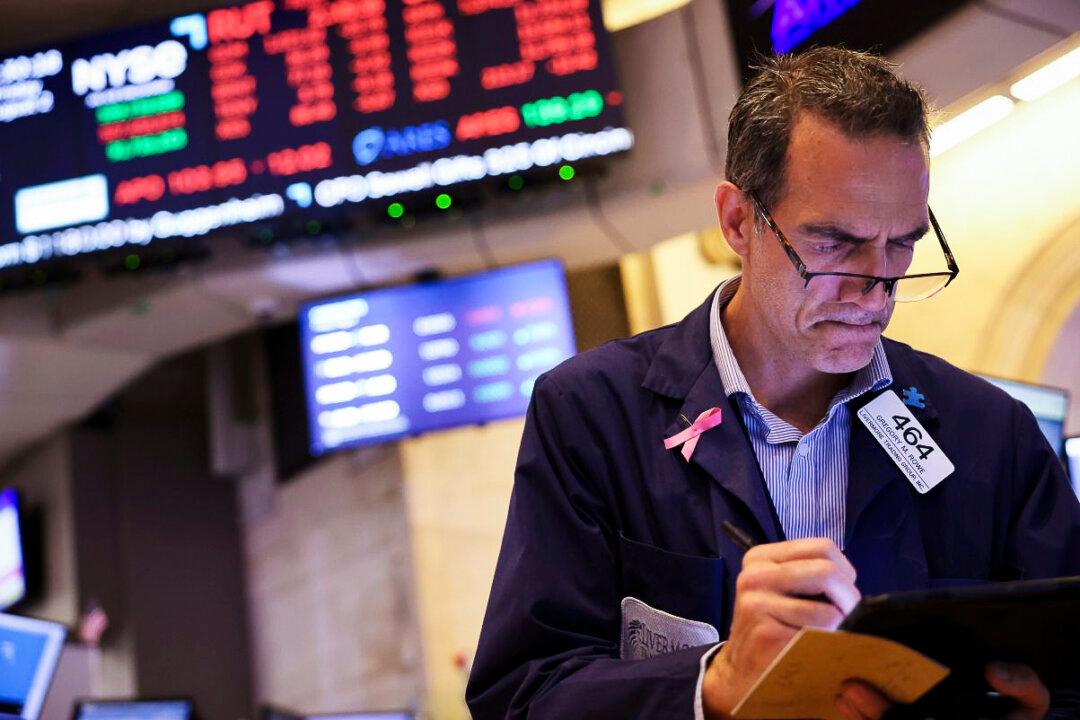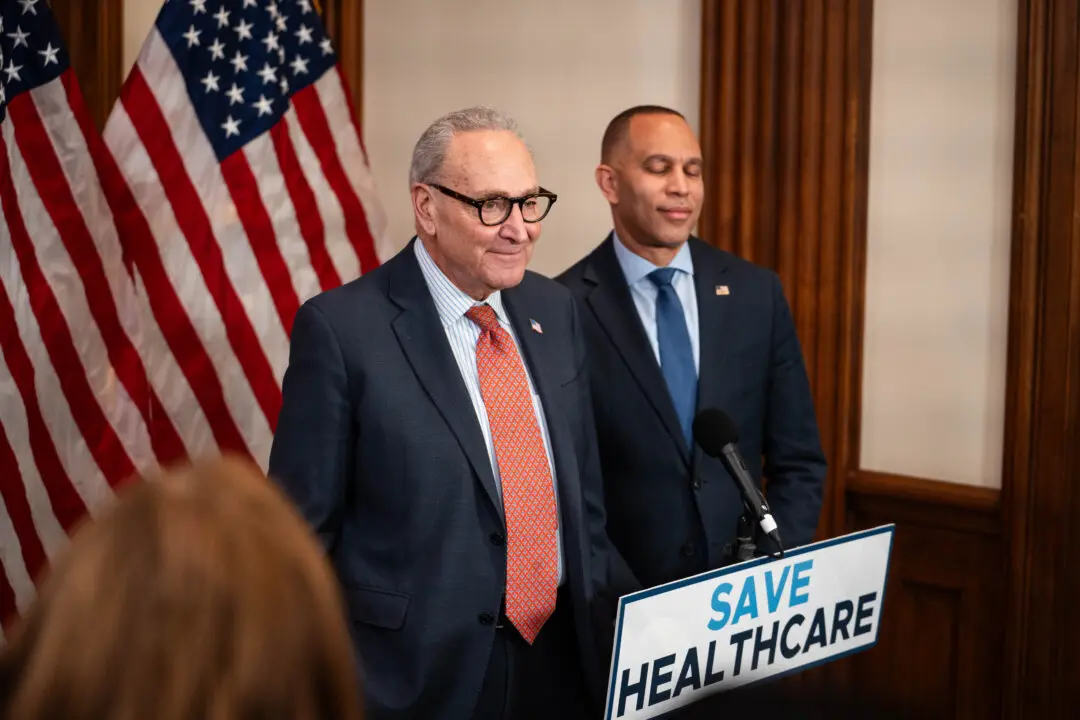U.S. stocks took a nosedive on Aug. 5 amid a worldwide stock market selloff as fears of a possible U.S. recession have mounted in recent days.
The Dow Jones Industrial Average dropped 1,033.99 to close at 38,703, while the Nasdaq Composite lost 3.43 percent and closed at 16,200. The S&P 500 slid by 3 percent.





